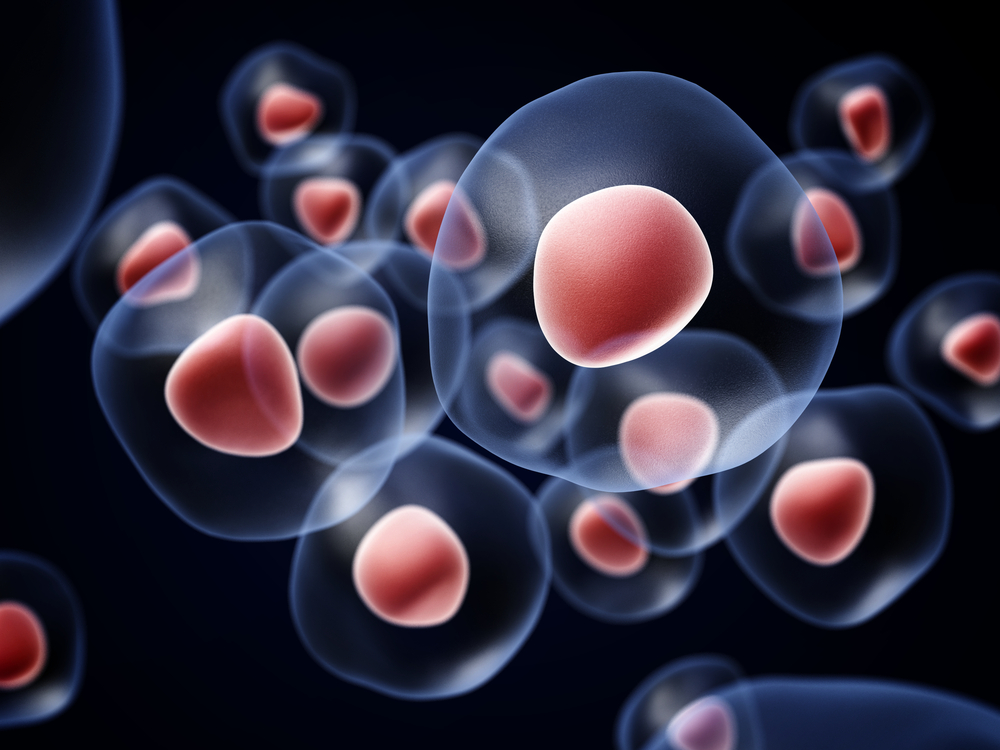PH Is Possible Complication of Bone Marrow Transplants in Children, Study Shows

Children who undergo bone marrow transplants could develop pulmonary hypertension (PH), which could lead to severe complications if not diagnosed and treated promptly, a retrospective study found.
The study, “Pulmonary hypertension after bone marrow transplantation in children,” was published in the European Respiratory Journal.
Hematopoietic stem cell transplantation (HSCT), or bone marrow transplant, is a common treatment for blood cancers in adults and children. However, it can be associated with different complications.
Children who undergo this procedure can develop a form of PH that seems to be different from idiopathic pulmonary hypertension. The causes and risk factors for this form of PH remain unknown, but it could be associated with the treatment given patients before receiving the transplant.
To learn more, researchers in France performed a retrospective study designed to better understand the relationship between bone marrow transplant and PH in children.
The team analyzed the clinical records of 366 children who underwent HSCT between January 2008 and December 2015. Patients who developed unexplained respiratory symptoms, such as rapid breathing, low oxygen levels (hypoxia), or difficulty breathing, were examined by echocardiogram to measure their pulmonary blood pressure non-invasively.
Overall, 70 children presented unexplained respiratory symptoms, 22 of whom were later diagnosed with PH. Patients started receiving treatment immediately after diagnosis, with the specific treatment dependent on the individual symptoms of each child.
One child died before doctors could start treatment. The remaining children were treated with calcium channel blockers, phosphodiesterase-5 inhibitors, or endothelin receptor antagonists (ERA), either alone or in combination.
Initially, 12 children received one therapy, five received a combination of two therapies, and four received a combination of three therapies. After two days of treatment, seven children started receiving an additional therapy because they were not getting better.
Seven patients (32%) died, six due to PH complications, and one due to infection. The remaining 15 are alive after a median follow-up of 7.5 years.
Pulmonary pressure went back to normal in all survivors after approximately three weeks of treatment, and remained normal during follow-up. All survivors stopped taking PH medication after a median of 5 months.
The results showed that late diagnosis was significantly associated with a higher risk of death. Children who died were diagnosed in a median 33.5 days after the first respiratory symptoms appeared, whereas survivors were diagnosed after a median of one week.
The team also noted that treatment and time of diagnosis improved with time, and that the percentage of surviving children increased considerably in the last years of the study, with no deaths reported after 2012.
“Even if the pathophysiology of PH is still unclear in [children who undergo bone marrow transplant], our experience indicates that rapid treatment with oxygen and potent specific treatments of PH allow improvement and pulmonary pressure normalization in all our recent cases,” the researchers said.
Overall, the team concluded that “pulmonary hypertension is a severe complication of HSCT with an underestimated incidence and high mortality,” and that “aggressive and timely up-front combination therapy allowed normalisation of pulmonary pressure and improved survival.”
The researchers emphasized that doctors performing bone marrow transplants should be aware of this possible complication, and “seek prompt consultation with an experienced cardiologist whenever PH is suspected.”







